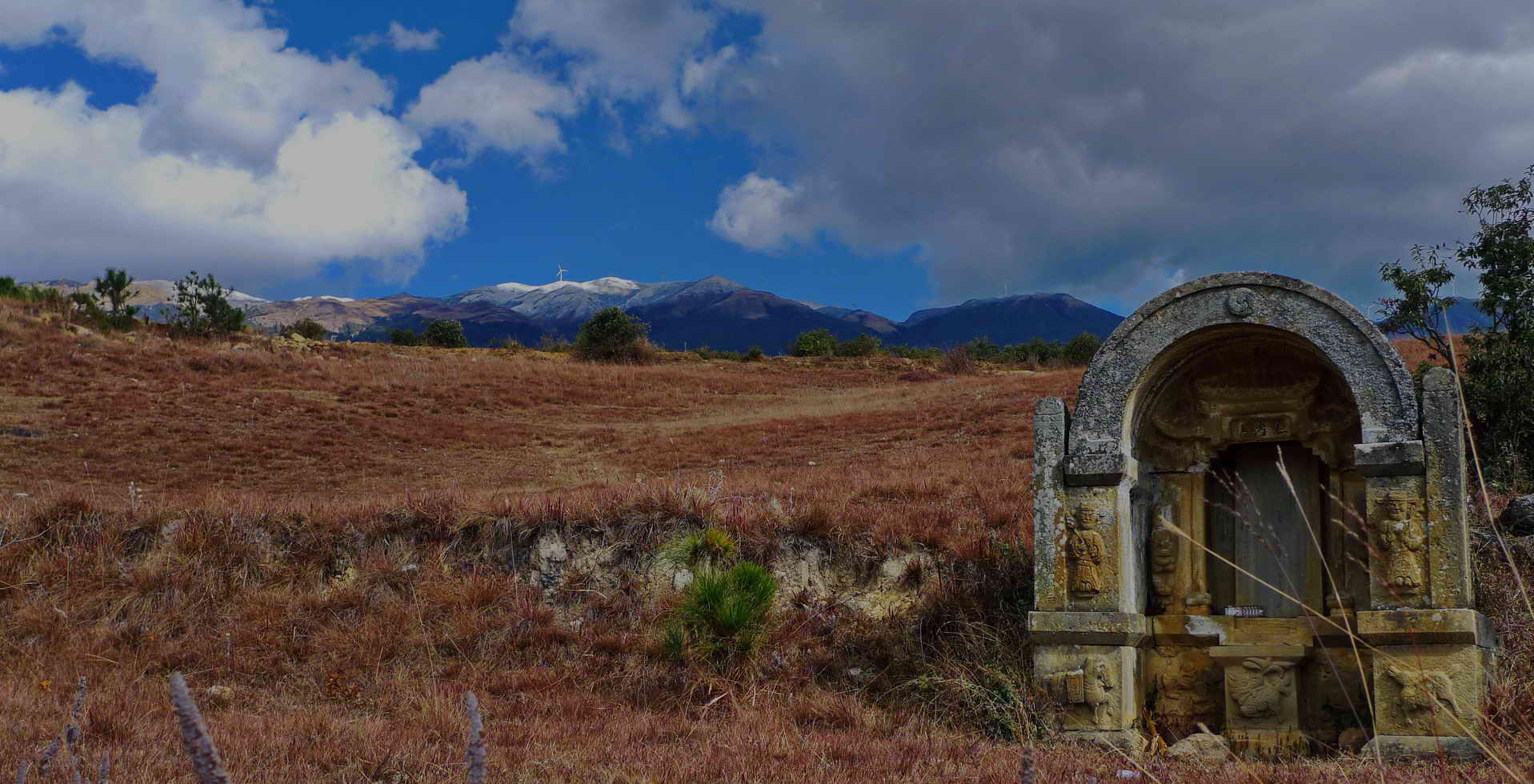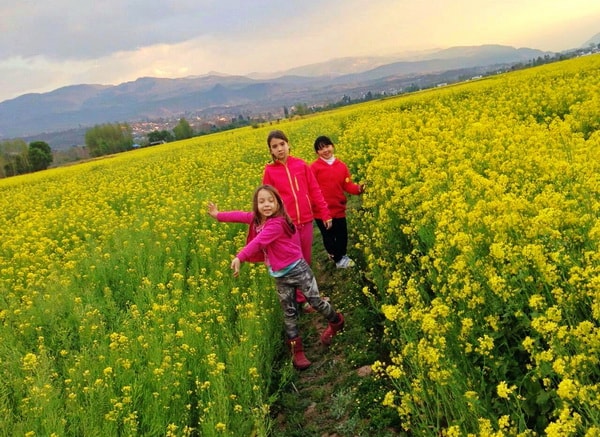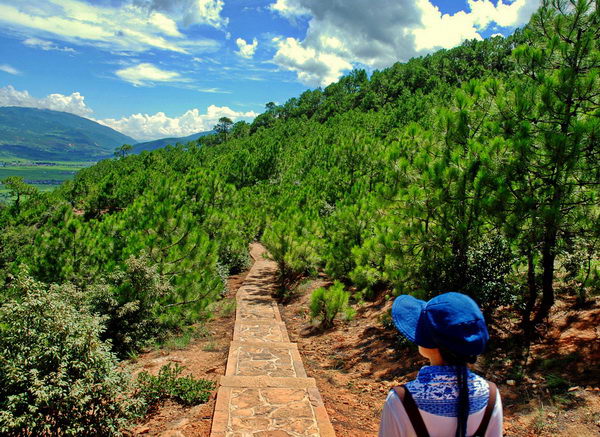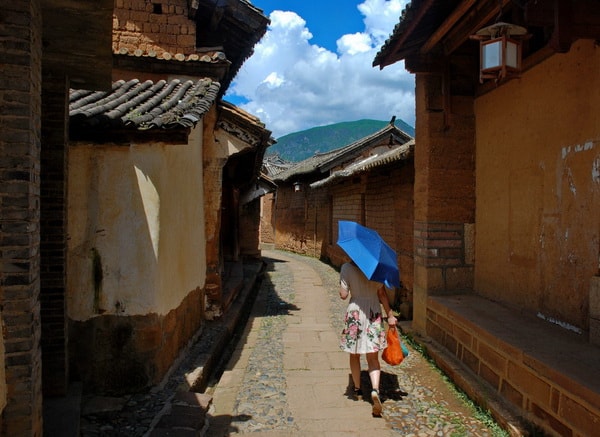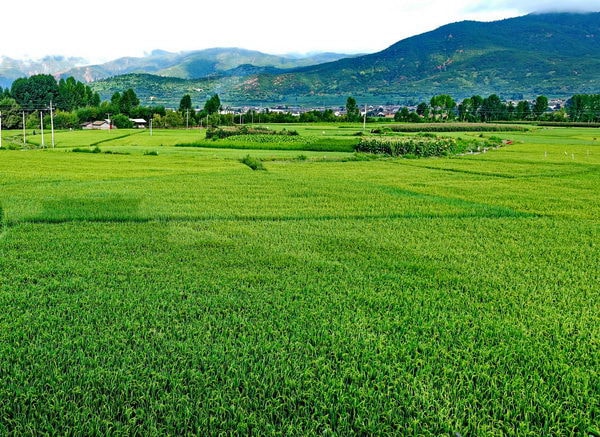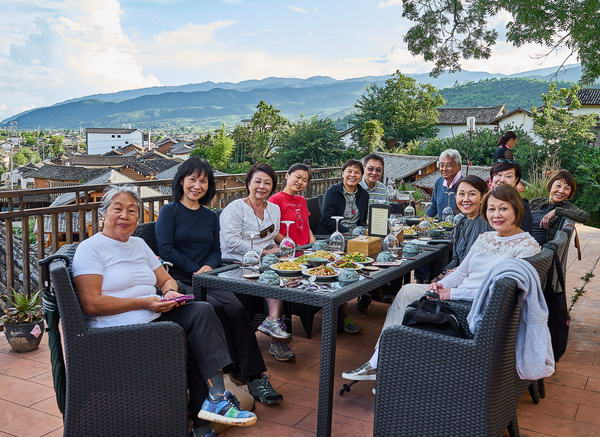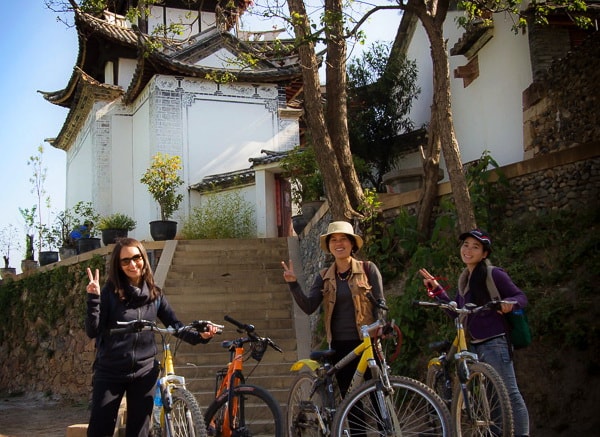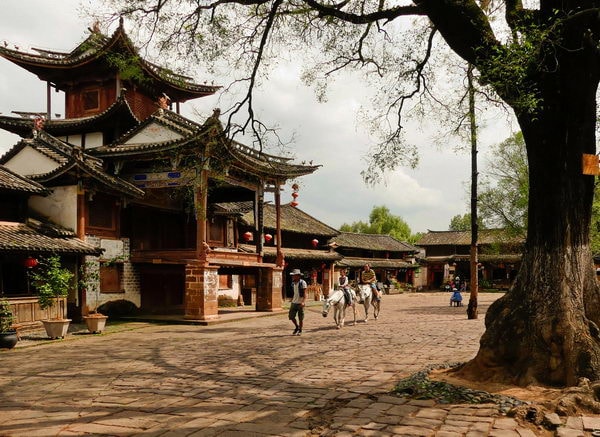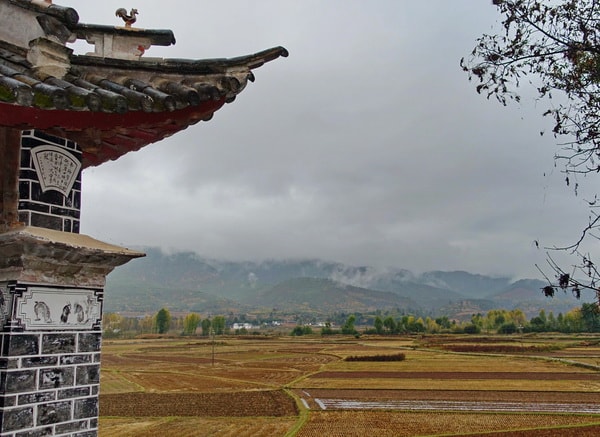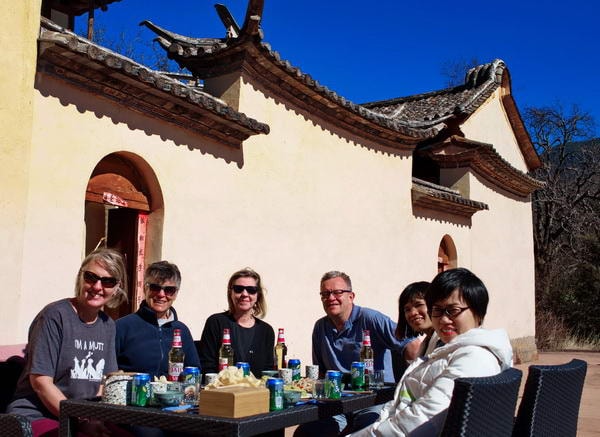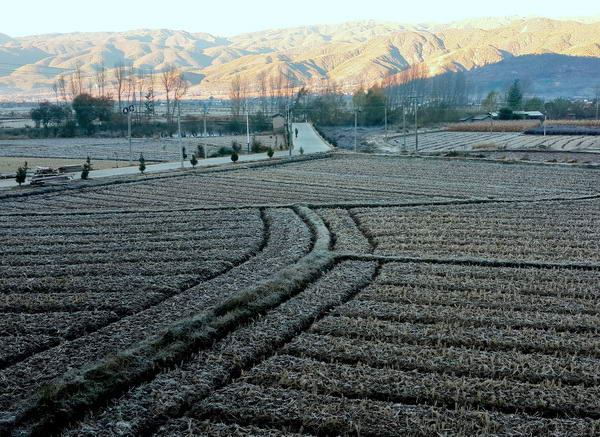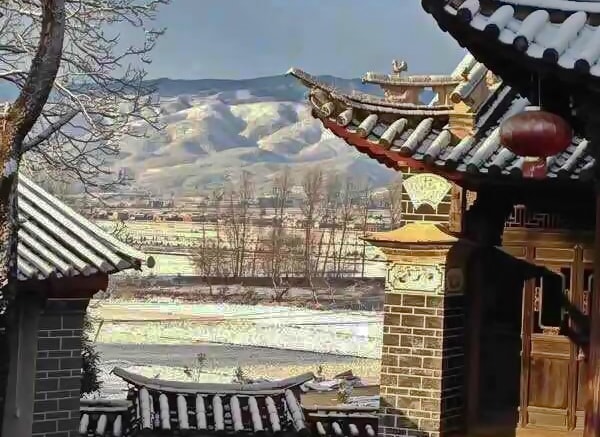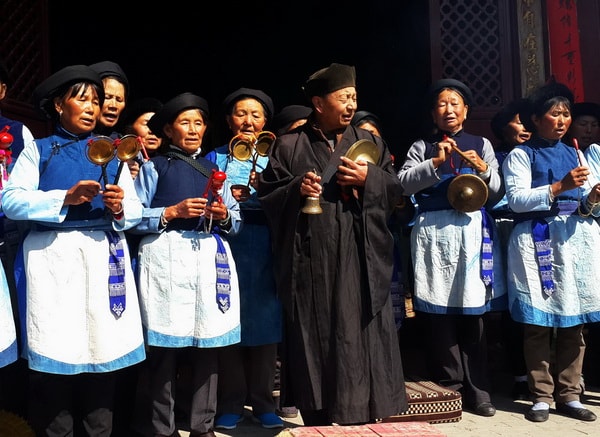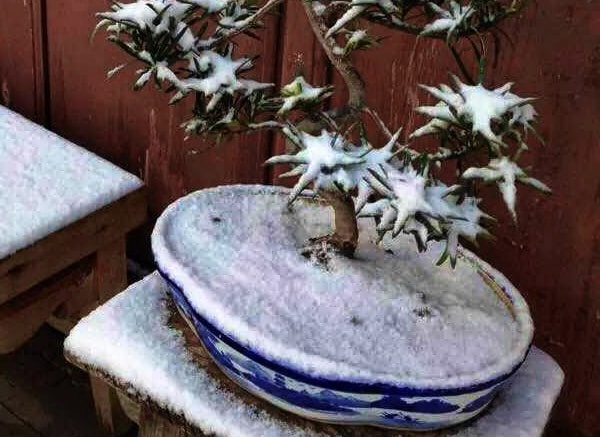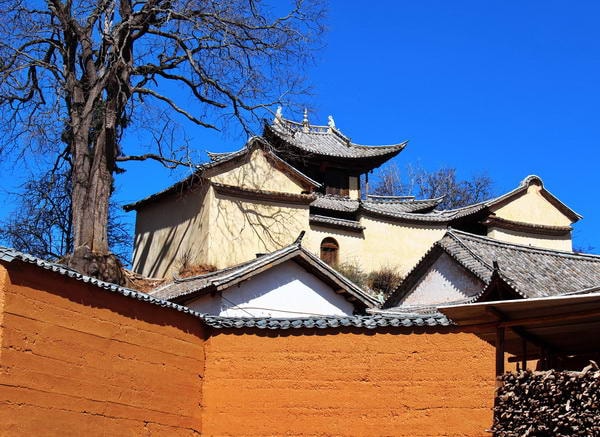SPRING
March through June is an excellent time to visit Shaxi, when the days are sunny and warm (around 18 degrees) and the nights are not too cold (around 10 degrees). Shaxi's largest religious holiday - Taizi Hui (Prince's Festival) takes place in March.
Though Shaxi rarely gets above 30 degrees and the air remains wonderfully cool year round, because of Shaxi's elevation (2,100m), the sun is very powerful and you will want to bring plenty of high SPF sun cream. The monsoon season starts in May, but this typically brings temporary showers in late afternoon with lots of sunshine the rest of the day.

